Japanese Customs
and
Etiquette
Get the Answer to Your Prayers with the Proper Etiquette!
How to Visit a Shrine or Temple in 5 Steps

Japan is home to approximately 85,000 shrines and 76,000 temples. A myriad of old Japanese gods are worshiped at the shrines while the temples are a sanctuary for the Buddhism commonly practiced across Asia. Many of these become popular sights visited by tourists, such as the shrine of Fushimi Inari Taisha and the temple of Kiyomizu-dera, but simply going to see these sights does not do them the justice they deserve. These shrines and Buddhist temples are said to have miraculous powers and grant answers to prayers. Since you are visiting Japan, why not treat yourself to a small piece of this divine favor by following the proper etiquette when visiting a shrine or temple.
The Torii Signifies the Gateway to Sacred Ground
So Make a Bow Before Passing Through

At the entranceway to most shrines stands a large gate called a torii. Different types of torii can be found at Shinto shrines, but whatever their size and shape, they all act as a symbol to mark the transition from the normal everyday world to the sacred.
In other words, as you pass through the torii, you are entering the realm of the gods, so it is disrespectful to just walk on through. After all, when you visit a close friend or family relation, you say hello on entering their home, right? So, with respect, stop and bow before walking under the torii.
Shinto shrines are almost always straddled by one or more torii along the approach from the outer edge of the shrine’s ground toward the inner main shrine with the first torii, then the second torii and so on. In the same way as you stop at the first torii, you should stop and bow as you pass beneath each of the shrine gates.
The Middle of the Approach Is Reserved for the Deities
So Let’s Walk to the Side

The approach, or entrance path, leading from the first torii all the way to the inner main shrine is called the sando. When walking along the sando, and as you bow before the torii, please walk to the side along the edge of the approach. The center of the sando is called the seichu (meaning “the exact middle”) and is considered to be the path where the deities pass. For a person therefore, to walk along the same path is deemed disrespectful.
In most cases it’s okay to walk along the left- or right-hand side of the sando, but at Ise Jingu, the most formal shrine in Japan, people must walk along the left in the outer shrine and the right on walking through the inner shrine. But at other shrines, or when it is particularly busy with people during the tourist season orhatsumode (the first visit to a shrine or temple during the New Year), people may naturally end up walking on the left, or right, so in this case it is better to follow the flow.
Washing Your Hands to Cleanse Your Body and Mind
Is Preparing Yourself to Meet with God

To the side of the approach before entering the area to the inner main shrine and worship hall is a place to wash your hands. Called chozu-ya, temizu-ya, or temizu-sha depending on the shrine, this is an important place to purify one’s mind and body before approaching the main shrine and conversing with the gods and to symbolize this people wash their hands and mouth in a small personal purification ritual before going further into the shrine.
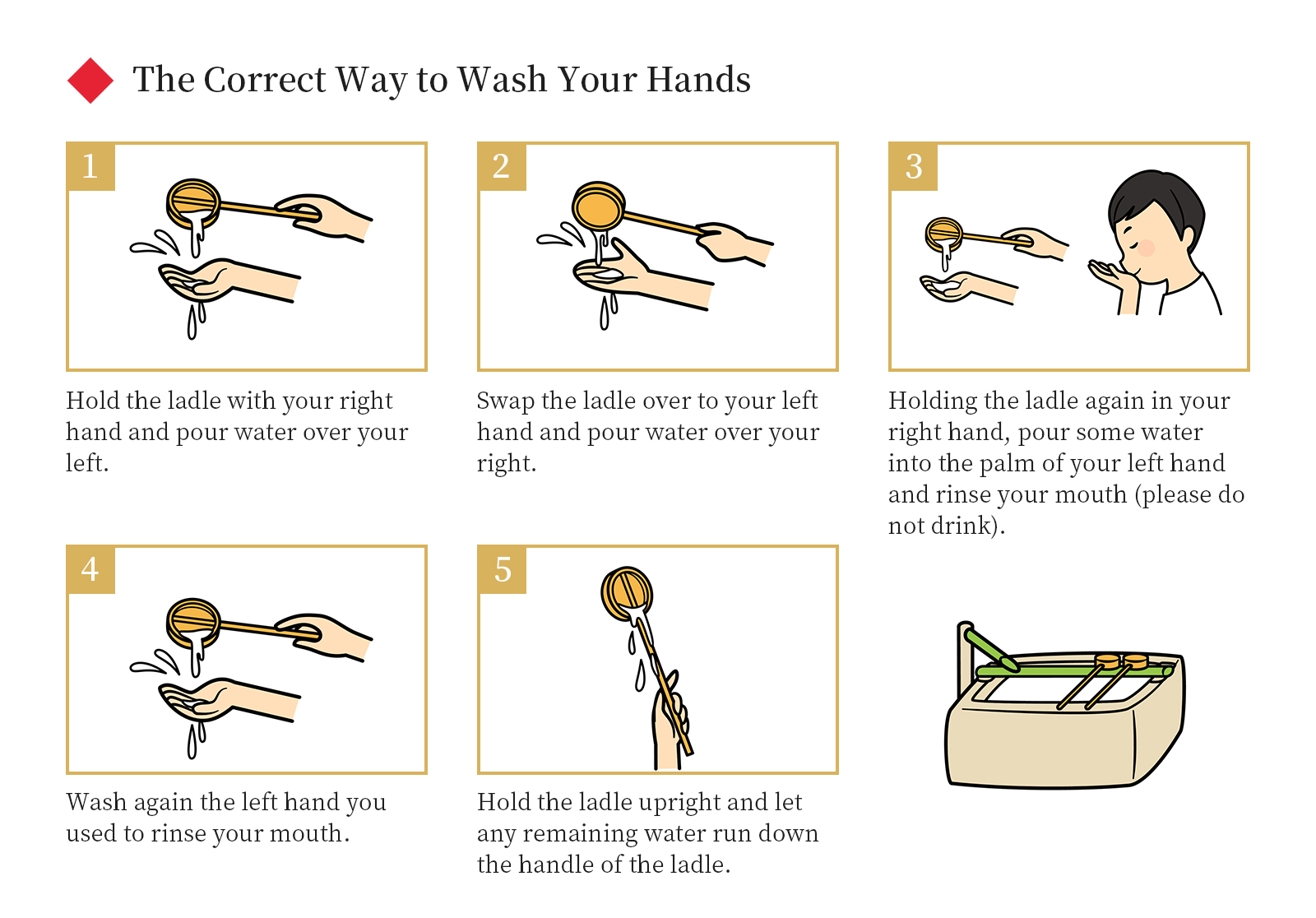
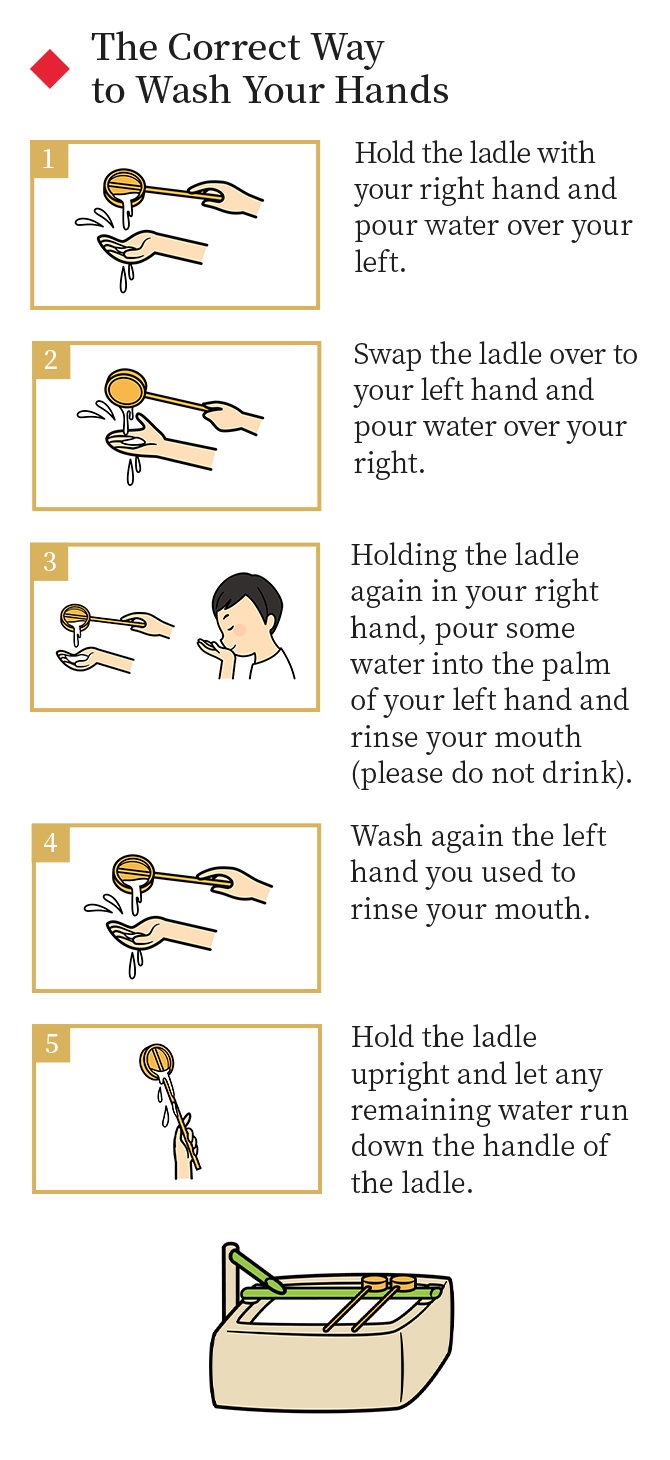
Keep in mind that this is not so much about washing away any dirt from your hands but more a ceremonial purification rite, so you don’t need to stand there vigorously washing your hands.
Most chozu-ya usually have metal or wooden ladles, but recently because of the coronavirus more shrines are doing away with the ladles to avoid shared contact with surfaces. Instead, water slowly flows out, in which case visitors to the shrine can wash their hands in the same way as above.

All You Need to Know about Money Offered to the Gods
(Hint: No Relationship Between Amount of Money and Divine Favor!)

The main shrine, called the honden, is the building where the deities are enshrined. In front or to the side of this building is the haiden, or hall of worship, where people come to worship the gods. And in front of the haiden you will find the saisen (offertory) box.
The correct procedure is to first make a small bow out of respect, then throw some money into the saisen box, after which you can make a wish or prayer. However, throwing a large amount of money into the offertory box will not ensure your wish comes true. The “sai” of saisen means an offering dedicated to the gods and originally, a long time ago, it was not money that was offered, instead in some regions harvested crops or cloth would have been the offering of choice. It is also believed that one’s own impurities and contamination can be attached to the money offered and it is this which the gods would purify. Many people like to offer either 5-yen coins, or 11-yen, or even 25-yen. The reason being that the Japanese pronunciation for these amounts equates to “good luck” and it is this wordplay which is used to convey a wish for good fortune.
It is bad manners to forcefully throw coins into the saisen box. Because these coins are an offering to the deities, the correct thing to do is to gently and respectfully make your offering. If there is a bell or gong above the saisen box, give it a ring after making your offering.
Follow the Shrine’s Rules of
Two Bows, Two Claps, and a Bow

The standard form of worship at a shrine is two bows, two claps, and a bow. Bow deeply twice to the deities, then join your hands in a prayer position and clap twice by moving your right hand away slightly from the left. After this, press both your hands together and make a wish or prayer to the gods. Once done you can drop your hands to your side and bow deeply once more.
This Shinto ritual of clapping twice is the proper way to purify oneself of impurities, but there are some shrines with a long tradition of three or four claps rather than two. At such shrines you should find the proper way to worship written in a visible place somewhere in the grounds, so do follow the rules of the shrine.
The way of worship is different between the shrine, which enshrines deities, and the temple, which enshrines the Buddha. In the same way as when visiting a shrine, when you go through a temple gate (it is not called a torii), bow once, then cleanse your hands, but instead of clapping your hands, just place your hands together and respectfully bow once.
In Japan there are countless gods and supernatural entities believed to inhabit all things. This is why—while there is a basic form when it comes to worshiping at a Shinto shrine or a temple—there are also many places that maintain their own traditions. Understand this diversity to get the most out of your visit to a shrine or temple.



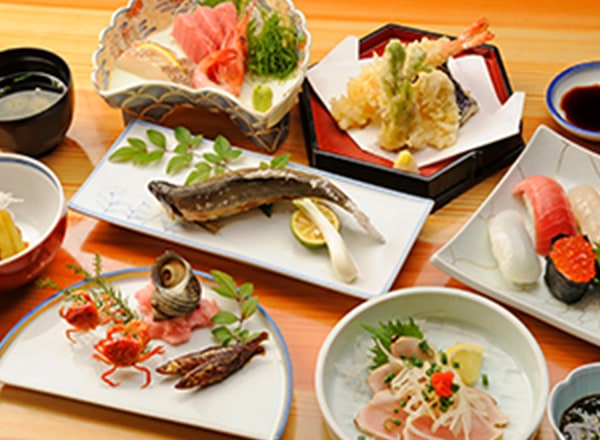
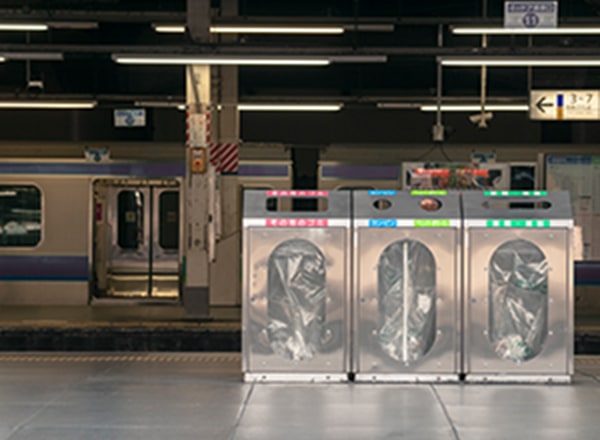
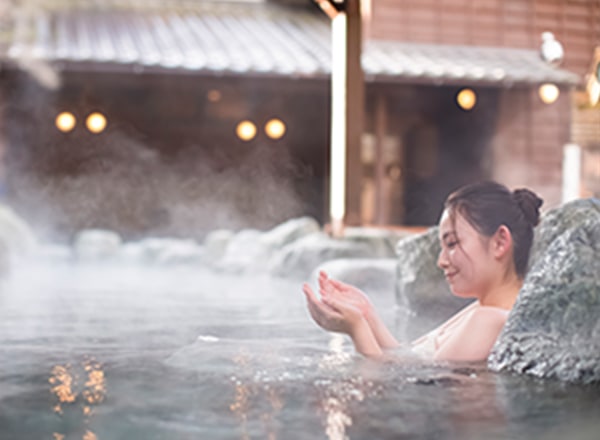
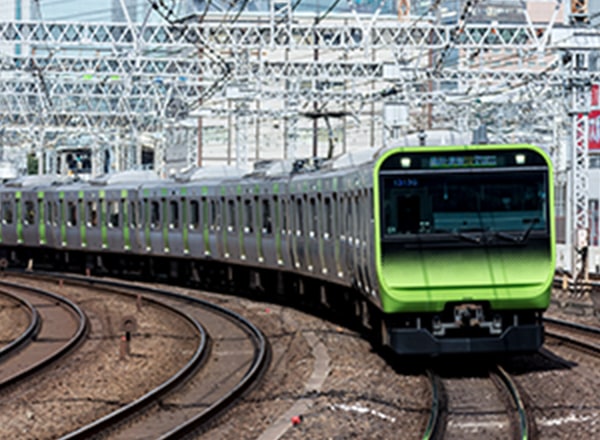
The ritual cleansing of the hands with water was derived from Japanese mythology when the deity Izanagi no Mikoto, the creator of the Japanese archipelago, bathed himself in a river to wash away the contamination after returning from the land of the deceased. That’s why long-ago people would purify themselves in the river close to the shrine. But now there are many shrines without a river nearby, which is why they now have a chozu-ya.